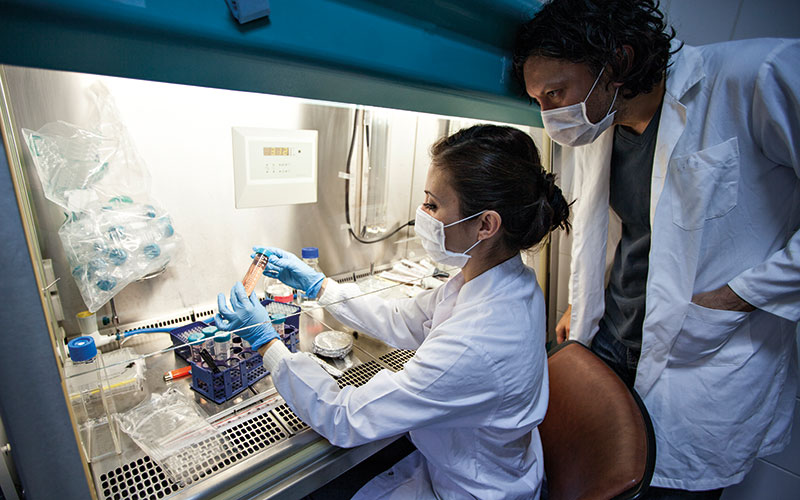Alan Wainwright, IBMS Executive Head of Education, on the Specialist Portfolio Examiner shortage.

The IBMS Specialist Portfolios, part of the membership offering since launched at Congress in 2005, have been one of the Institute’s most successful products, guiding post-registration training in 10 disciplines plus options for blood sciences and military biomedical science. Applications for specialist portfolios have remained steady, with around 700 being processed each year.
As a professional body the Institute faces many challenges to meet the needs of its members and other stakeholders. In common with many membership organisations, it relies heavily on voluntary input from its members to guide, develop and participate in essential activities, even during the last 12 months when the COVID pandemic has stretched our pathology services to the limit.
Member volunteers are essential for the assessment of registration and specialist portfolios and typically the 80:20 rule (or law of the vital few) applies. The law of the vital few is based on the Pareto Principle, which states that for many outcomes, roughly 80% of consequences come from 20% of the causes. It is perhaps most easily exemplified by the adage of business management that “80% of sales come from 20% of clients”.
In the context of specialist portfolios, this is what it means: currently, we have around 600 examiners, half of these are in the disciplines of cellular pathology, clinical biochemistry, haematology and transfusion science, and medical microbiology. This represents just under 10% of potential examiners, which means the “vital few” percentage is low. It should still be sufficient, but it is not, as some examiners on our list are unable to contribute.
Consequently, candidates for their end-point assessment are experiencing delays of up to eight weeks before an external examiner can be allocated. As we are dependent on examiners coming forward, it is not something we can control. Not surprisingly, members express their dissatisfaction with the service they receive, and the office is dealing with more complaints. This detracts from other work and is unsatisfactory for the candidate, the IBMS staff and other members that are indirectly affected.
So what can be done? If we accept the law of the vital few, we must aim to increase the percentage of active examiners to 20%. There are 1300 laboratories that have been approved for post-registration training, with a split across the specialities that mirrors the number of portfolios being completed. This is twice the number of laboratories that have a candidate expecting their examination to be arranged once they have completed their training.
If we can train examiners from more of these laboratories, we solve the following conundrum. Each laboratory with a candidate ready for examination is reliant on an examiner from another laboratory stepping forward to assess their candidate. Without more examiners stepping forward, candidates are competing with each other.
If a laboratory supports just one member of staff to be an external examiner, their candidate can benefit by an examiner from another laboratory being made available.
This solution offers immediate benefits to the candidate and the workplace, but what about benefits to the external examiner? Here are a few:
- It refreshes your knowledge
- You become aware of different methodologies
- It provides new experiences and new ideas
- You develop new skills in peer review and assessment
- It creates networking opportunities
- It can refresh your CV by demonstrating active professional engagement.
Join the vital few
Members who are willing to act as Specialist Portfolio Examiners in their own discipline are urgently required. To help us to help you, I would like to invite you to join the vital few and take on an active role in the development of other biomedical scientists.
The criteria are:
- IBMS Member or Fellow
- Health and Care Professions Council (HCPC) registered
- A minimum of four years post registration experience
- Currently working in an IBMS-approved training laboratory
- Actively participating in a CPD scheme for at least the last two years.
Full guidance, training and support will be given and you will be providing an extremely valuable service to the profession, as well as benefiting your own professional development.
For details visit ibms.org/education/verifiers-and-examiners or email us on [email protected]
